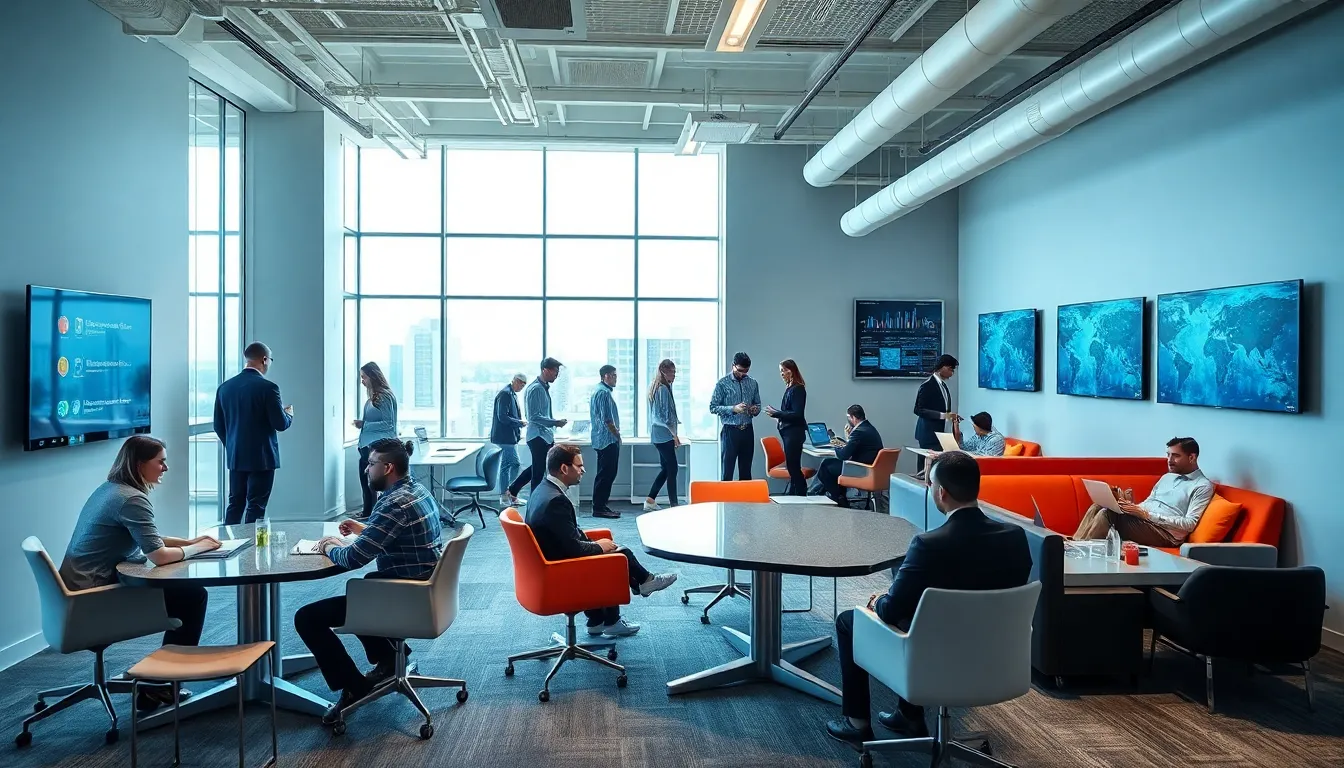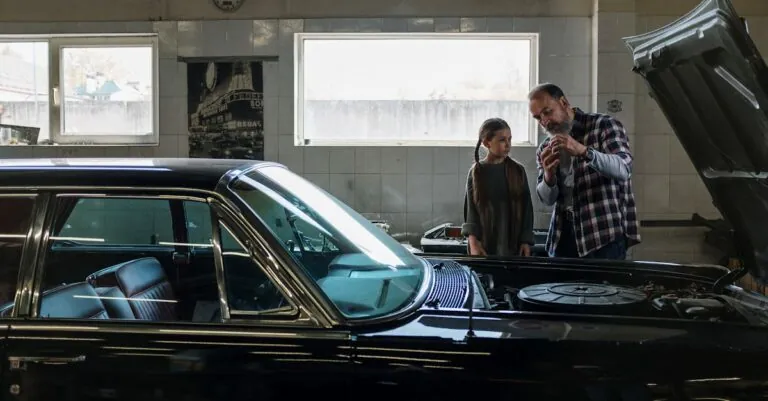Table of Contents
ToggleEver walked into an office and thought, “Wow, I could actually work here?” Modern office interiors are not just a collection of desks and chairs: they are a testament to creativity, functionality, and the future of work. Imagine an environment designed not only to house employees but to inspire collaboration, boost productivity, and make the 9 to 5 a little less… well, 9 to 5. Get ready to explore the elements that make up a modern workspace that feels less like a cubicle prison and more like a rejuvenating haven.
Key Elements of Modern Office Design

Functional Spaces and Layouts
Modern office design starts with understanding the importance of spaces. Functional layouts are no longer about rows of identical desks. Instead, they prioritize adaptability to meet various work styles. Open floor plans, along with private areas, allow for seamless communication and focused work. Think sleek conference rooms, cozy nooks for brainstorming, and spacious areas for team gatherings. Each space serves a purpose, catering to the dynamic nature of today’s workforce.
Incorporating Technology
Another critical component is the integration of technology. Modern offices are deploying smart solutions that foster efficiency. From intelligent lighting systems that automatically adjust to natural light to advanced conferencing tools that make virtual meetings feel as if everyone is in the same room, technology is at the heart of the modern workplace. Wi-Fi connectivity, charging stations, and interactive touchscreens enable staff to streamline their tasks and stay connected. These innovations create a workspace where every corner nudges employees towards optimal productivity.
Use of Color and Materials
Sustainable Design Practices
A modern office isn’t just about aesthetics: it’s also about incorporating sustainable design practices. Environmentally friendly materials in office interiors are gaining traction. Furniture made from recycled materials and low-VOC paints contribute to a healthier workspace. Designers are also incorporating energy-efficient lighting and HVAC systems to reduce carbon footprints. Employers are finding that investing in sustainability not only helps the planet but also attracts talent eager to join a forward-thinking, eco-conscious team.
Biophilic Design in Offices
Let’s not forget about biophilic design, which emphasizes the human connection to nature. Incorporating plants and natural elements creates a calming atmosphere. Offices that feature living walls, large windows, and natural materials promote well-being and creativity. Studies have shown that exposure to natural light can significantly affect mood and productivity. So, embracing nature within the office becomes a strategy, not just an aesthetic choice.
Creating Collaborative Environments
Workstations and Collaborative Areas
Creating areas for collaboration is essential in modern office design. Instead of siloed departments, think open spaces with movable furniture that can be reconfigured as needed. Collaborative spots invite different teams to connect, brainstorm, and innovate together. Not only do these spaces encourage partnerships, but they also cultivate a sense of community. Employees are more likely to engage and share ideas when they feel part of a collective effort.
Choosing Furniture for Functionality
Selecting the right furniture also plays a paramount role. Desks that adjust for standing or sitting can enhance comfort and health, while communal tables encourage teamwork. Optical transparency and modular designs allow for flexible spaces that adapt to various functions. Eventually, furniture should not only look good, it must serve a purpose, maximizing utility while inviting creativity.





